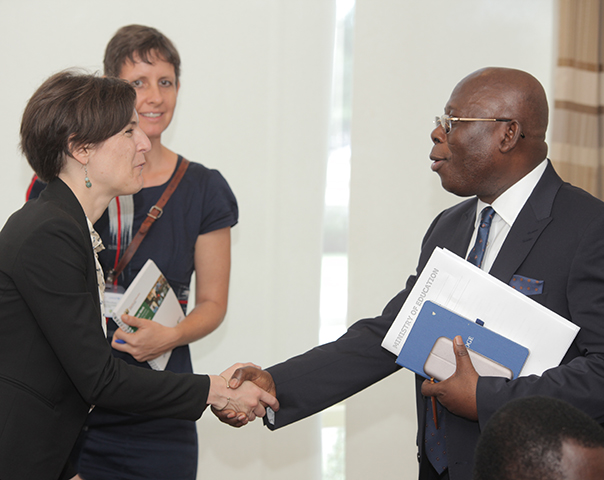Motivation
Costs are a leading driver of take-up and usage of digital financial services (DFS), yet little work has been done to measure these costs systematically. The Transaction Cost Index (TCI) seeks to fill this gap by systematically measuring the costs of using mobile money. We consider a broad definition of cost, inclusive of official fees and taxes, informal extra fees charged by agents, and non-pecuniary costs such as the opportunity cost of time wasted on failed transactions and exposure to consumer protection risks.












